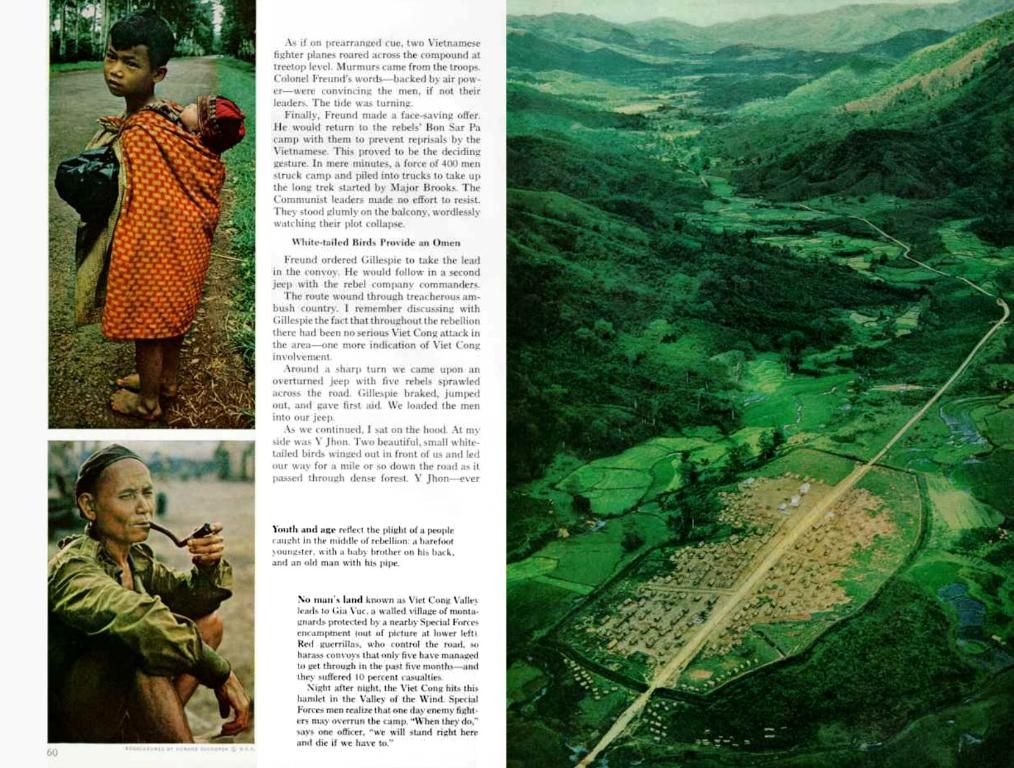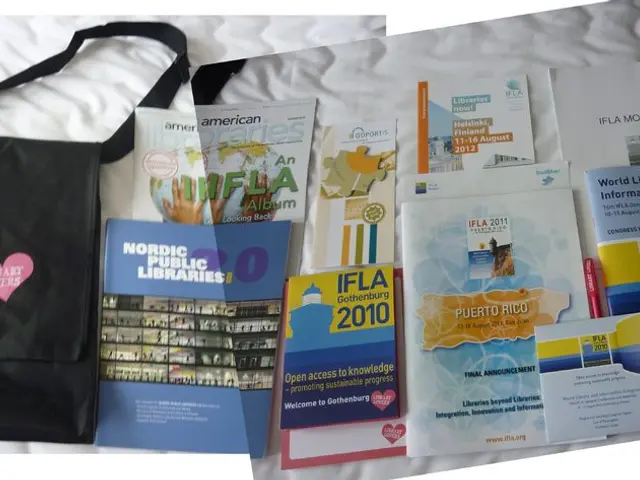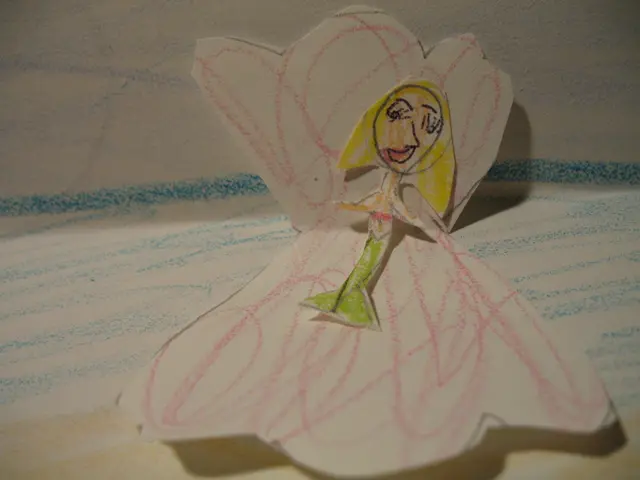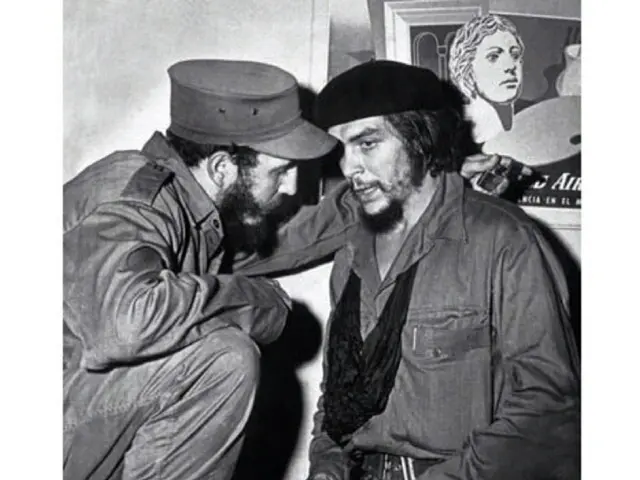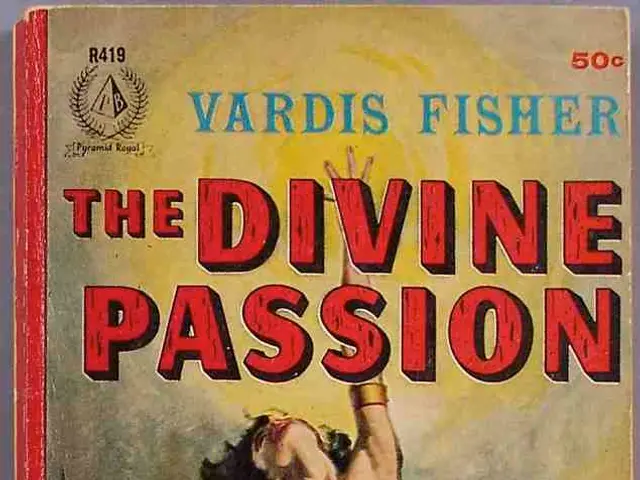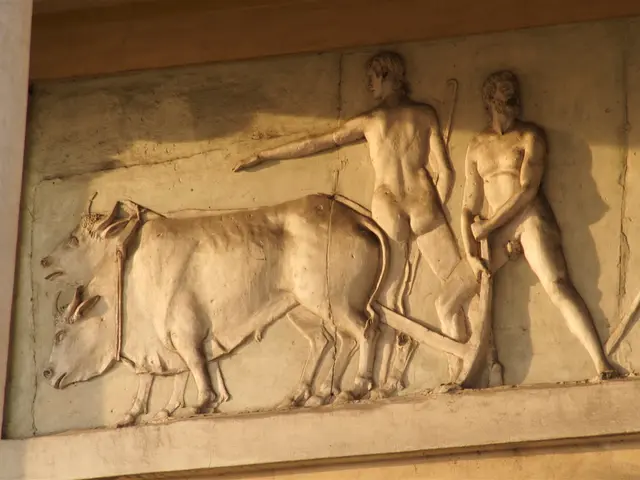Top 13 Spectacular Horror Movies on Netflix Suitable for Writers to Draw Inspiration From
Discovering your favorite horror films on Netflix is more than just a chilling experience for horror enthusiasts; it's a goldmine for filmmakers, screenwriters, and producers seeking inspiration. This list unveils some spine-tingling stories that not only make your pulse race but also showcase exceptional storytelling techniques, chilling plots, and top-notch production value. Each flick offers priceless lessons for your next project, making this list a must-read for anyone in the film industry.
1. The Haunting of Hill House: Unleash Atmospheric Terror
Lesson: Learn to master the art of atmospheric storytelling by examining how Mike Flanagan utilizes lighting, color palettes, and sound design to create an eerie atmosphere in "The Haunting of Hill House." This series succeeds in making each scene more than just a setting, ensuring they contribute to the plot and suspense.
2. Bird Box: Tension in Times of Isolation
Lesson: Produce spine-tingling tension in isolated settings, as shown in "Bird Box." This film brilliantly uses sensory deprivation and intense conflicts between characters to create an unsettling atmosphere.
3. Gerald's Game: Crafting Cinematic Magician's Tricks
Lesson: Restrict your story to a single location and still manage to expose vast emotional landscapes, as demonstrated in "Gerald's Game." This film demonstrates the art of creating high-impact narratives despite spatial limitations.
4. Fear Street Trilogy: Evolution of Horror Lost and Found
Lesson: Embrace the evolution of horror themes by reflecting various eras in your storytelling. "Fear Street Trilogy" is a prime example, showcasing a comprehensive lesson in how narratives can adapt across different generations.
5. Apostle: Blend Horror and Historical Drama
Lesson: Infuse your narrative with genre-blending excellence, like "Apostle," that flawlessly mixes horror elements with historical drama. This unique approach elevates the plot beyond surface-level scares and creates immersive experiences.
6. The Ritual: Crafting Psychological Chills
Lesson: Leverage folklore and character psychology to create intense psychological terror, as shown in "The Ritual." By weaving in mythology and internal conflicts, you can produce gripping narratives that resonate on personal and emotional levels.
7. Cam: Navigate the Digital Horror Realm
Lesson: Explore digital identity and its impact on the horror genre, as demonstrated in "Cam." By tackling topics such as online-offline identities, technology, and control, writers can create movies that address modern themes in accessible and relatable ways.
8. His House: Unmask Social Issues in Horror
Lesson: Use horror themes to shed light on pressing social issues in your narrative. "His House" exemplifies how to address refugees' experiences, immersing viewers in both the fear and the social context.
9. Cargo: Reap the Rewards of Emotional Horror
Lesson: Forge emotional connections with audiences by focusing on parental bonds and sacrifice in horror narratives, as seen in "Cargo." By infusing these narratives with deep, moving storylines, you can elevate common horror subgenres to captivating and lasting experiences.
10. 1922: Adapt, Adapt, Adapt
Lesson: Master the art of adapting literary horror to film by maintaining narrative integrity and interpreting creatively, as displayed in "1922." This adaptation illustrates how to preserve the essence of written horror works while utilizing visual storytelling to enhance their impact.
11. The Platform: High-Concept Horror Revealed
Lesson: Leverage high-concept settings to craft engaging and thought-provoking narratives that reflect human nature, as demonstrated in "The Platform." This film's unique approach to societal hierarchy can serve as inspiration for writers eager to weave social commentary into their chilling tales.
12. Under the Shadow: Horror Meets Culture
Lesson: Use cultural context to elevate your horror stories to new heights, as "Under the Shadow" does by exploring gender issues and blending folklore with fear. This film proves that grounding your horror narrative in a specific cultural setting can create engaging and unsettling narratives.
13. Hush: Embrace Silence in Your Tales
Lesson: Discover the power of silence in your storytelling by emulating "Hush," which uses conscious use of sound and visuals to create intense moments of suspense without relying on dialogue. By focusing on sensory appeal, you can make your story stand out among the crowd.
- Note: These lessons and techniques are not exhaustive and should be used to enhance your writing process—not to replicate these film's stories or characters. Expand your knowledge by studying various genres and films to continuously improve your craft.
- To create a captivating atmosphere in movies-and-tv productions, consider examining the comprehensive storytelling techniques used in 'The Haunting of Hill House', 'Bird Box', 'Gerald's Game', 'Fear Street Trilogy', 'Apostle', 'The Ritual', 'Cam', 'His House', 'Cargo', '1922', 'The Platform', 'Under the Shadow', and 'Hush'.
- By incorporating lessons learned from shows like 'The Haunting of Hill House' and other renowned horror productions, writers and filmmakers can push beyond the limits of their craft by exploring and covering elements such as folklore, digital identity, cultural context, high-concept settings, and other unique ideas that enhance storytelling in movies-and-tv's entertainment genre.
